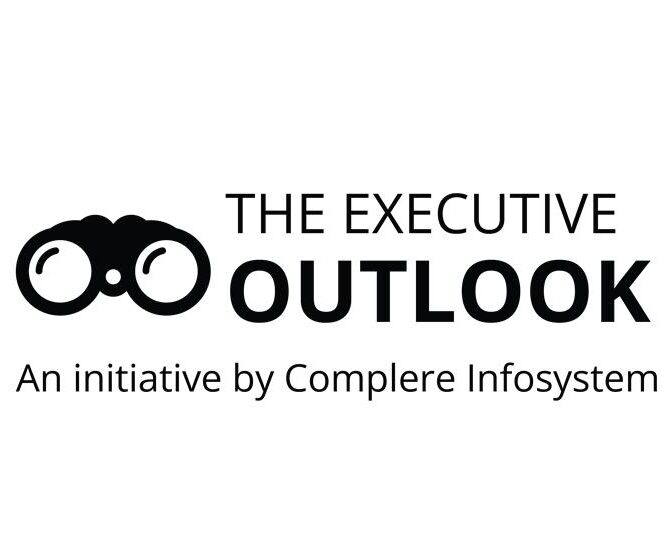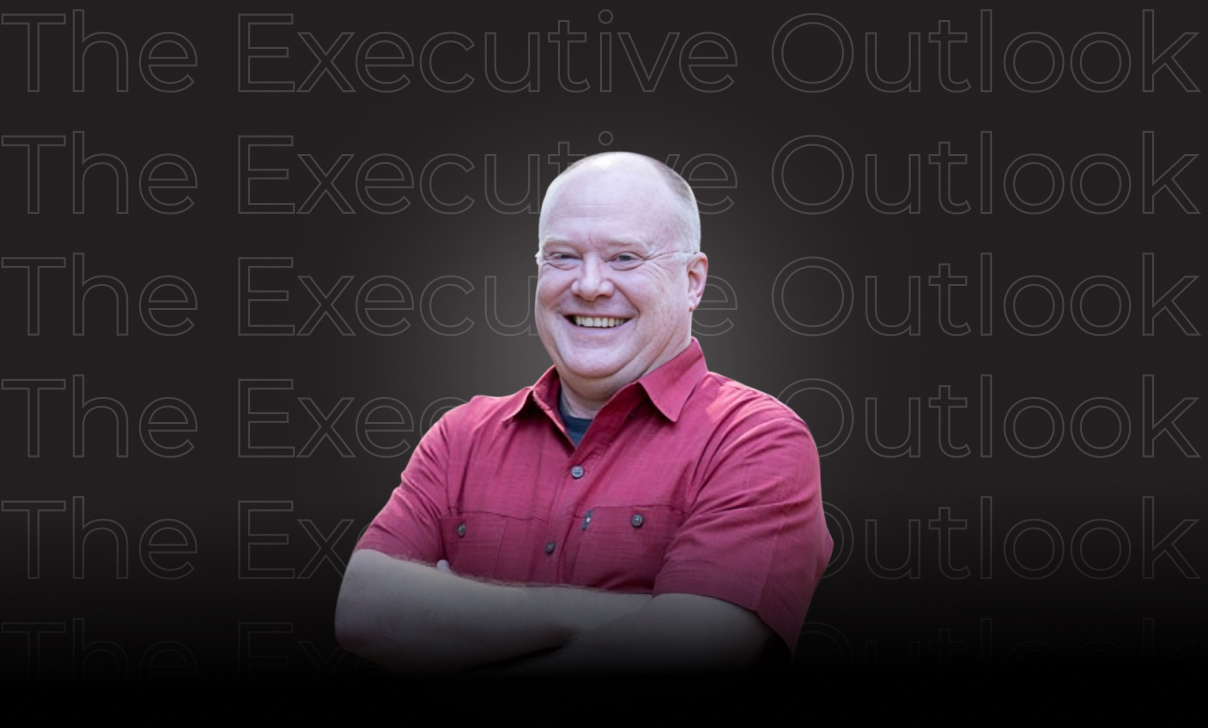When asked about his professional journey, Khagesh detailed his beginnings and current role as Head of Data Science: “I embarked on my data science journey with Deloitte. After completing my MBA, I started as a consultant for the US onshore team, working with Deloitte USI for four and a half years in India. My projects spanned US clients and some non-US clients, including significant collaborations in the Middle East, and experiences with banking and pharmaceutical sectors in the US.”
Reflecting on his extensive industry experience and aspirations for international work, Khagesh shared: “I worked across various industries at Deloitte and always aspired to move beyond India. This ambition was a constant in my career planning. Given Deloitte’s global reach, I found a unique opportunity to transition into an international role when a position opened up at Deloitte Netherlands. This was pre-COVID-19, around 2018, when international travel and relocations were more straightforward. After a rigorous interview process, I decided to move to the Netherlands, driven by the prospects the role presented.”
Khagesh further elaborated on his decision: “I had two offers—one from the UK and one from the Netherlands. My desire to explore Europe led me to choose the Netherlands. While the move was exciting, it was also daunting as it wasn’t a common path among my acquaintances. Fortunately, I had a friend who had already relocated there, which eased my transition.”
After my tenure at Atradius, I had the opportunity to work with one of my former clients, IKEA. They were setting up a new team and needed a senior professional to join them. It wasn’t a planned journey, but rather a series of choices and opportunities that led me there. IKEA was looking to expand its team, and since I had already worked with them and knew the people, they reached out to me.
My move to IKEA happened at just the right time. I felt my time at Atradius was coming to an end and was eager for a new challenge. My experience at IKEA was amazing. I transitioned from insurance to a consumer-facing industry, which was a significant shift. I worked for Inter IKEA, which owns the brand and concept of IKEA, presenting a different structure and set of challenges.
My role at IKEA was truly transformative. It gave me the opportunity to apply my consulting skills, which I hadn’t used much at Atradius. Overall, my experience at IKEA was deeply enriching, both professionally and personally.
Eventually, I was approached by my current employer for a head of data science position. It was an exciting opportunity and felt like a significant step up. Such roles don’t come by often, and I felt it was the right move for me. This is how I ended up in my current role. So, that’s a brief overview of my journey.”
Reflecting on his career path, Khagesh added:
“I would say my career decisions were largely shaped by the opportunities available at the time. There wasn’t a grand plan, but rather a series of decisions that seemed beneficial at the time. If I had made different choices, I might have ended up on a different path altogether. For instance, if I had chosen the UK over the Netherlands, I might be working for a different company in a different role now. These small decisions accumulate, shaping the trajectory of one’s career.
Perhaps I would have stayed longer at Deloitte or continued in consulting for a few more years. It’s impossible to predict how different choices would have played out. Ultimately, you make a decision, and the outcomes unfold in ways you can’t fully control or anticipate. It’s like putting together a puzzle—each piece falls into place based on various factors, many of which are beyond your control. While you can analyze and consider these factors, each decision opens up a new set of possibilities.
Khagesh shared his valuable input on how his typical days look like by saying in his own words, “Khagesh then provided insight into his daily routine as a Head of Data Science :
“My typical day starts with waking up and going to the gym to get some exercise before my son wakes up. After dropping him to day care, I aim to get back home start work by 9:00 AM at the latest. From there, how the day flows can vary. I usually begin with project standups for the different projects I’m managing. I try to get those out of the way early, checking in to see if things are progressing on track or if something needs more urgent attention. Based on these updates, I define the rest of my day.
My day is structured and planned out at least two weeks in advance. While there is room for unexpected issues, I generally follow a planned schedule unless something goes off track. This planning is based on the projects currently underway and the meetings I’ve accepted or declined on my calendar. Some days I have a few one-on-ones with the people I manage, other days I have more project-based meetings or stakeholder discussions. I try to structure my week so that I don’t do everything in one day; instead, I spread tasks out to switch between topics and keep things varied.
For instance, I avoid having all my one-on-ones on the same day. Instead, I spread out stakeholder meetings and project updates throughout the week. This helps maintain a balance and ensures that I can give each aspect of my role the attention it needs without becoming monotonous. This approach allows me to stay on top of multiple projects and responsibilities effectively.”
This balance of structured planning and flexibility enables Khagesh to manage his diverse responsibilities efficiently while navigating the dynamic demands of his role.
During the discussion, he shared more interesting things to reply on what are the expectations of your job that excite you the most?
Of course, there are challenging days when you are trying to make a model work or figure out a complex analysis. However, overcoming these challenges and seeing the final product in action is immensely rewarding. Working with people is another aspect I find interesting. Interacting with senior leadership has taught me a lot about business perspectives. Their understanding is often very high-level and strategic, which contrasts with our focus on details. This experience has helped me develop the crucial skill of distilling complex information into clear, concise insights.
As I’ve progressed in my career, I started making decisions more like those senior leaders. For instance, if enhancing a model would take a month but offer only marginal improvements, I might decide it’s not worth the time and resources. Early in your career, those marginal improvements feel like big wins. However, with experience, you learn that prioritizing time effectively often involves focusing on bigger-picture impacts rather than chasing every small enhancement.
These aspects—seeing the impact of your work, overcoming technical challenges, and learning to make strategic decisions are what continue to excite me in my role. Moving into a more senior position has added layers of responsibility and opportunity that keep the job dynamic and fulfilling.
Khagesh spread light by sharing helpful and inspiring replies to the question, “How do strategy and data play a key role in any organization’s growth?” He addressed the shift in decision-making in today’s business environment and said, “I think there is an important shift compared to, let’s say, 10 or 15 years ago, when you could just eyeball a decision and hope for the best. You might be right or wrong, but you will find out later. Now, you can’t make those decisions and hope your business will survive because that’s not how business works anymore. Every strategic decision must be backed by data.
Everyone now is geared towards questioning and validating strategies. When presenting a decision, the first question is, ‘What is this based on?’ People want to understand the rationale behind the decision. It’s no longer acceptable to make decisions on a whim, like looking at the weather and deciding, ‘It’s sunny, so I will take a left’ Instead, decisions should based on hard facts that demonstrate why taking a left makes sense.”
In today’s world, strategy is closely linked with data. Anyone who says they don’t use data to inform their decisions is likely not being entirely truthful. Even if they aren’t doing it consciously, they are still making data-driven choices due to the current era and industry standards. For instance, consider how you plan your day based on the weather forecast. Before mobile technology, you would have relied on a forecast from the newspaper, which could be outdated. Now, with real-time updates at your fingertips, you can make informed decisions, such as whether to carry an umbrella or not.
Everyone has adapted instinctively to this data-driven approach, even if they don’t recognize it as such. Companies operate similarly. They analyze past sales, market segments, high-margin products, and client behavior to inform their strategies. This data-centric decision-making was not as common 10 or 20 years ago, highlighting a significant shift in how businesses operate today.”
Khagesh continued to emphasize the foundational role of data engineering in modern business:
“Because, at the end of the day, data pipelining is the fundamental building block. It’s like having the basic IT infrastructure. Without it, you can’t advance beyond a certain point. Even these days, starting a company requires you to have basic IT infrastructure. Any business needs at least a laptop, phone, or gadget. There is no business you can conduct without at least having access to one of these basic gadgets at this point.
Similarly, data engineering is the essential groundwork. Considering how AI is starting to boom, everyone is jumping on the bandwagon. As AI becomes more consumerized and more accessible, not just at a corporate level but also for individual consumers, the demand for robust data infrastructure will continue to grow. Companies will need more sophisticated data pipelines to support advanced analytics and AI applications. This trend highlights the growing significance of data engineering in facilitating the widespread adoption and effective use of AI technologies.
Khagesh’s journey underscores the transformative power of data science and AI in shaping business strategies and driving innovation. His experiences highlight the importance of continuous learning, adaptability, and leveraging data to make informed, strategic decisions.







Insightful article! Khagesh Batra brilliantly highlights how a robust data strategy drives organizational growth and innovation. A must-read for those seeking to unlock their data’s potential!